The Pan-African Art Movement has been a powerful force in uniting African cultures and showcasing the continent’s diverse creativity. It is a movement that encompasses various artistic styles and expressions, reflecting the rich cultural heritage of Africa. In this journal, we will delve into the historical development of the Pan-African Art Movement, the key figures and their contributions, and the impact it has had on both the African and global art scenes. We aim to provide an engaging and informative discussion on this influential art movement.
Definition of the Pan-African Art Movement
The Pan-African Art Movement emerged as a response to the colonial and post-colonial experiences of African people. This art movement seeks to unite African cultures and promote a sense of shared identity, history, and creative expression. It has evolved over the years, adapting to new challenges and embracing contemporary trends in art. The Pan-African Art Movement has played a vital role in shaping Africa’s artistic landscape and has had a significant impact on the global art scene.
Importance of the movement in the global art scene
The Pan-African Art Movement has been instrumental in showcasing Africa’s diverse creativity to the world. By breaking stereotypes and challenging the traditional perceptions of African art, the movement has paved the way for African artists to make their mark in the global art scene. Furthermore, it has fostered a sense of unity and understanding among African people by celebrating their shared cultural heritage.
Scope of the Journal
In this journal, we will explore the historical development of the Pan-African Art Movement, its key figures and their contributions, and its impacts on the African and global art scenes. We will attempt to provide a comprehensive and engaging account of this influential art movement.
Historical development of the Pan-African Art Movement
Early beginnings
The Pan-African Art Movement can be traced back to the early 20th century, when African artists started responding to the oppressive forces of colonialism. During this time, the Negritude movement emerged, led by intellectuals and artists such as Aimé Césaire, Léopold Sédar Senghor, and Léon Damas. They sought to redefine African identity and celebrate the cultural heritage of Africa.
The 1960s and 1970s: A period of awakening
The 1960s and 1970s marked a significant period in the history of the Pan-African Art Movement. As many African countries gained independence, the movement gained momentum. This era saw the emergence of African art festivals, such as the inaugural World Festival of Negro Arts in Dakar, Senegal, in 1966, and the Second World Black and African Festival of Arts and Culture in Lagos, Nigeria, in 1977. These festivals showcased the rich cultural heritage of Africa and fostered a sense of unity among African people.
The 1980s to present: Global recognition and expansion
From the 1980s onwards, the Pan-African Art Movement has gained global recognition and has expanded its reach. International exhibitions and collaborations have helped promote African artists and their works. The digital age has also had a significant impact on the movement, as artists have embraced new technologies to create and share their works with a global audience.
Key figures and their contributions
Wifredo Lam
Cuban artist Wifredo Lam is considered one of the pioneers of the Pan-African Art Movement. His unique artistic style, which combined elements of Cubism, Surrealism, and African artistic traditions, had a profound impact on the movement. Lam’s works, such as “The Jungle” (1943), challenged the traditional perceptions of African art and inspired a new generation of artists.
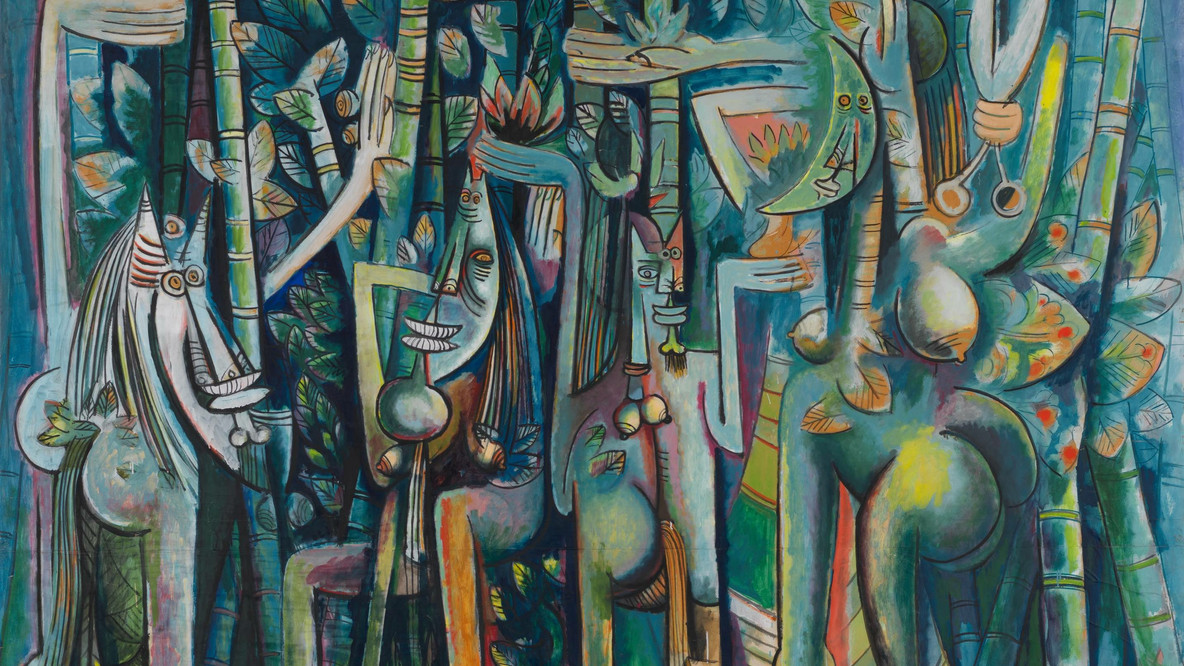
Mbari Artists and Writers Club
The Mbari Artists and Writers Club, founded in Nigeria in the 1960s, played a crucial role in the development of the Pan-African Art Movement. This collective of artists, writers, and intellectuals sought to promote African art and culture and create a platform for artistic expression. The Mbari Club organized exhibitions, published literary works, and supported the careers of numerous African artists who would later become key figures in the movement.
The Dakar School
The Dakar School, established in Senegal in the 1960s, has been a significant force in the Pan-African Art Movement. This art institution nurtured and promoted the talents of African artists and contributed to the development of contemporary African art. Prominent artists from the Dakar School include Iba N’Diaye, Issiaka Lam, and Moustapha Dimé, whose works have been celebrated for their innovative techniques and powerful themes.
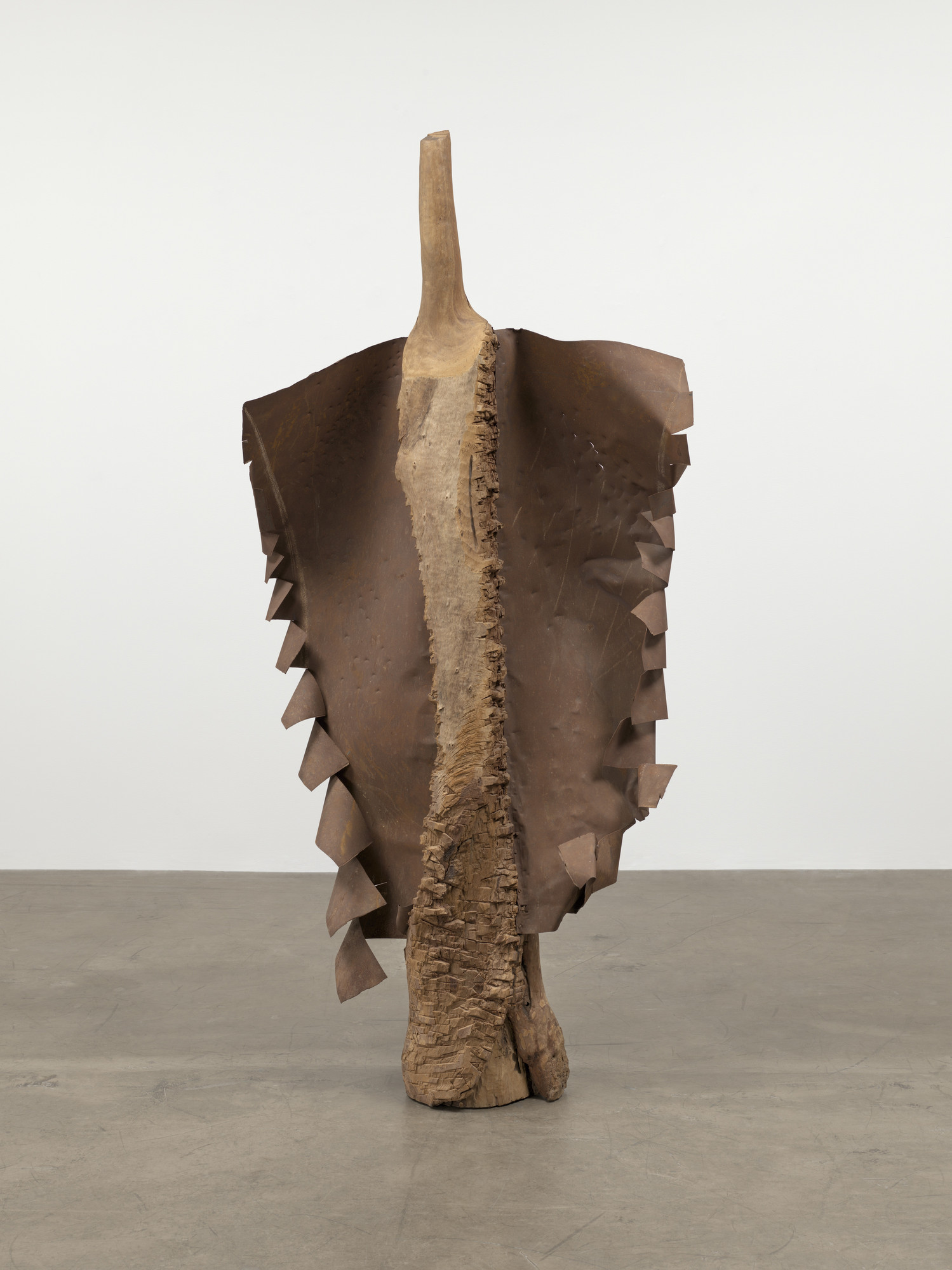
Lady with a Long Neck
1992
Other notable figures
There are many other key figures who have made significant contributions to the Pan-African Art Movement. These include:
- South African artist Gerard Sekoto, whose works captured the everyday life of black South Africans during the apartheid era.
- Nigerian artist Ben Enwonwu, who was influential in promoting Nigerian art and culture on the international stage.
- Ethiopian artist Gebre Kristos Desta, known for his abstract paintings that explored Ethiopian history and culture.
- Ghanaian artist El Anatsui, whose innovative sculptures made from discarded materials have been exhibited worldwide.
Impacts of the Pan-African Art Movement
Uniting African cultures
The Pan-African Art Movement has been successful in uniting African cultures through shared artistic themes and techniques. By showcasing the diverse cultural expressions of African artists, the movement has fostered a sense of understanding and appreciation among African people. This has, in turn, helped to promote a shared African identity and challenge the divisive legacy of colonialism.
Showcasing Africa’s diverse creativity
The Pan-African Art Movement has played a crucial role in showcasing Africa’s diverse creativity to the world. By challenging stereotypes and promoting African artists in the global art scene, the movement has helped to redefine the perception of African art. This has allowed African artists to gain recognition and opportunities on the international stage, and it has enriched the global artistic landscape.
Influencing contemporary art movements
The Pan-African Art Movement has also been a source of inspiration for contemporary art movements. By encouraging cross-cultural exchanges and collaboration, the movement has influenced a new generation of artists who are exploring themes related to African culture and history. This has led to the emergence of innovative artistic styles and techniques that continue to shape the global art scene.
Summary of the Pan-African Art Movement’s significance
The Pan-African Art Movement has had a profound impact on the African and global art scenes. Its historical development, key figures and their contributions, and its influence on contemporary art movements attest to its significance. By uniting African cultures and showcasing Africa’s diverse creativity, the movement has played a crucial role in redefining the perception of African art and fostering a shared African identity.
Future prospects and challenges
As the Pan-African Art Movement continues to evolve, it faces new challenges and opportunities. Sustaining the movement’s momentum and adapting to new technologies and trends will be essential for its ongoing success. As African artists continue to gain recognition on the international stage, the movement must ensure that it remains a powerful force for unity and creativity.
Final thoughts
The Pan-African Art Movement stands as a beacon of unity and creativity, showcasing the rich artistic heritage of Africa. Its ongoing importance lies in its ability to challenge stereotypes, promote African artists in the global art scene, and foster a sense of shared identity among African people. By continuing to embrace innovation and collaboration, the Pan-African Art Movement can ensure that Africa’s diverse artistic heritage remains a vital and celebrated part of the global cultural landscape. As we reflect on the keyword “The Pan-African Art Movement,” we recognize its lasting impact and the potential it holds for shaping the future of art, both within Africa and beyond its borders.

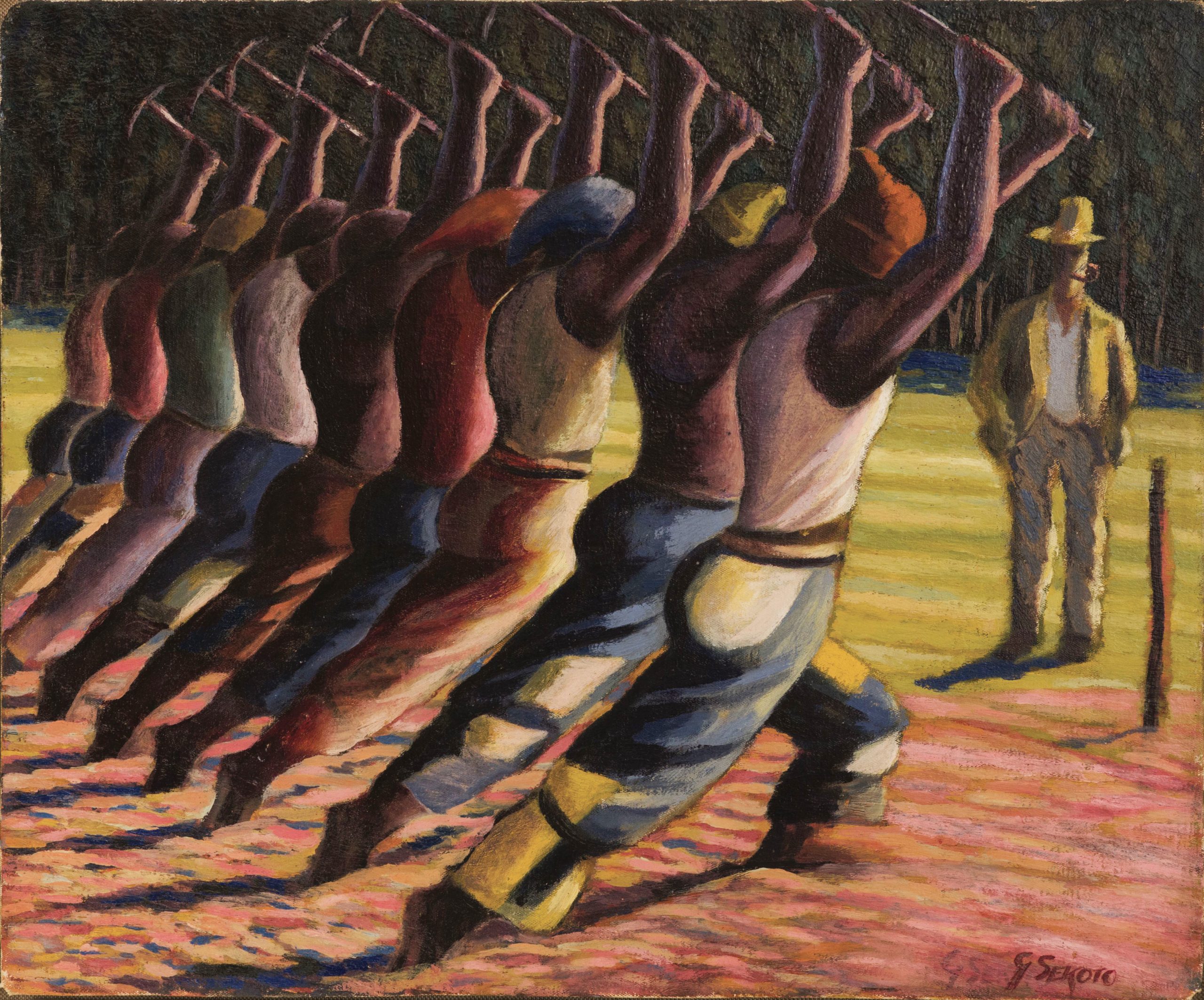

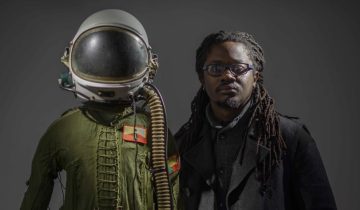
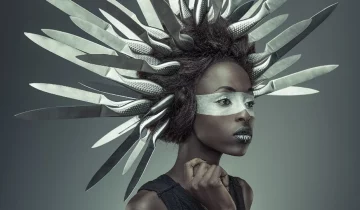
 No products in the basket.
No products in the basket.